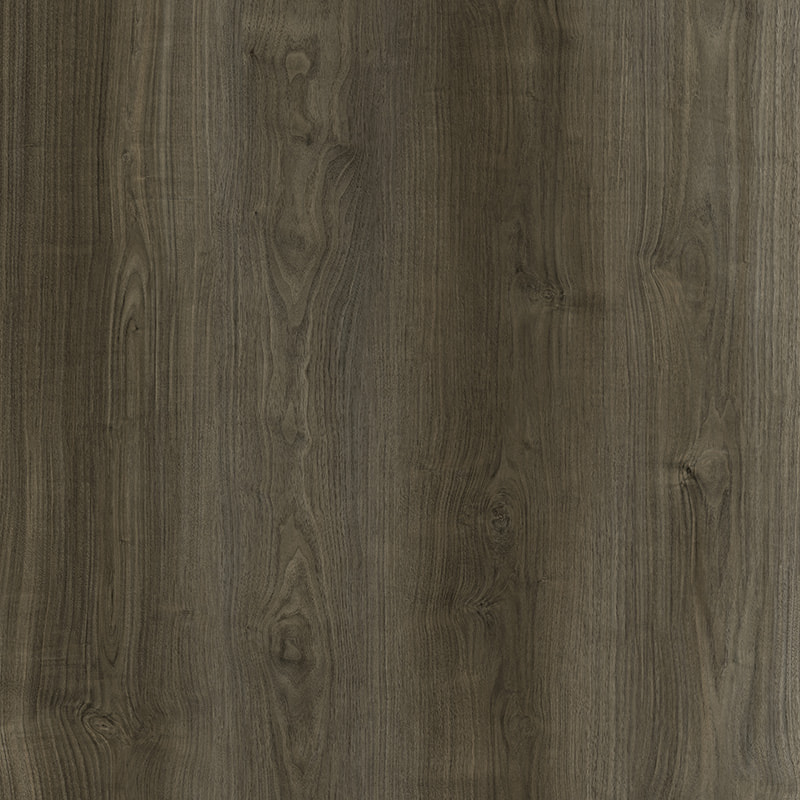Walnut decorative film is an innovative and versatile solution for adding a touch of natural elegance to any space. This material has gained popularity in recent years, thanks to its ability to mimic the rich textures and warm tones of real walnut wood while offering practical advantages that traditional wood cannot provide. Whether you’re looking to revamp your home, office, or retail environment, walnut decorative film offers a unique combination of aesthetics, durability, and ease of application.
At first glance, walnut decorative film captures the timeless beauty of walnut wood. The deep browns, intricate grain patterns, and subtle variations in texture evoke a sense of sophistication and warmth. For those who appreciate the classic look of wood but are constrained by budget, time, or structural limitations, this film provides an ideal alternative. It allows you to achieve the same visual impact as solid wood without the hefty price tag or the need for extensive renovations.
One of the standout features of walnut decorative film is its adaptability. Unlike solid wood panels, which can be heavy and difficult to install, decorative films are lightweight and self-adhesive. This makes them easy to apply to a variety of surfaces, including furniture, walls, cabinets, doors, and even appliances. Homeowners and designers love the flexibility it offers—transforming outdated pieces into modern masterpieces or giving tired spaces a fresh, cohesive look. With walnut decorative film, creativity knows no bounds.
Beyond its aesthetic appeal, this product is also highly practical. Decorative films are resistant to scratches, moisture, and fading, making them suitable for both indoor and outdoor applications. In kitchens and bathrooms, where humidity and spills are common, the film’s water-resistant properties ensure longevity and minimal maintenance. Similarly, in commercial settings like offices or retail stores, its durability ensures that high-traffic areas maintain their polished appearance over time.

Another significant advantage of walnut decorative film is its eco-friendly nature. Harvesting real walnut wood often involves cutting down trees, which can have a detrimental impact on the environment. In contrast, decorative films are made from synthetic materials that replicate the look of wood without depleting natural resources. This sustainable option appeals to environmentally conscious consumers who want to reduce their carbon footprint without compromising on style.
Installation is another area where walnut decorative film shines. Unlike traditional wood paneling, which may require professional installation and specialized tools, applying decorative film is a straightforward process. Most products come with a peel-and-stick backing, allowing DIY enthusiasts to tackle projects with confidence. Preparation is key—ensuring the surface is clean, smooth, and free of debris will result in a flawless finish. For larger projects or more intricate designs, hiring a professional installer can guarantee precision and perfection.
The versatility of walnut decorative film extends beyond residential interiors. In commercial spaces, it can be used to create inviting reception areas, stylish retail displays, or sleek office workstations. Its neutral yet luxurious appearance complements a wide range of design styles, from rustic farmhouse to contemporary minimalism. Businesses benefit not only from the enhanced visual appeal but also from the cost savings compared to using genuine wood.
Despite its many benefits, it’s important to choose high-quality walnut decorative film to ensure satisfaction. Lower-grade options may lack the realistic texture and color depth that make premium films so desirable. Additionally, investing in a reputable brand ensures better adhesion, longevity, and resistance to wear and tear. Reading reviews and consulting with experts can help guide your decision when selecting the right product for your needs.